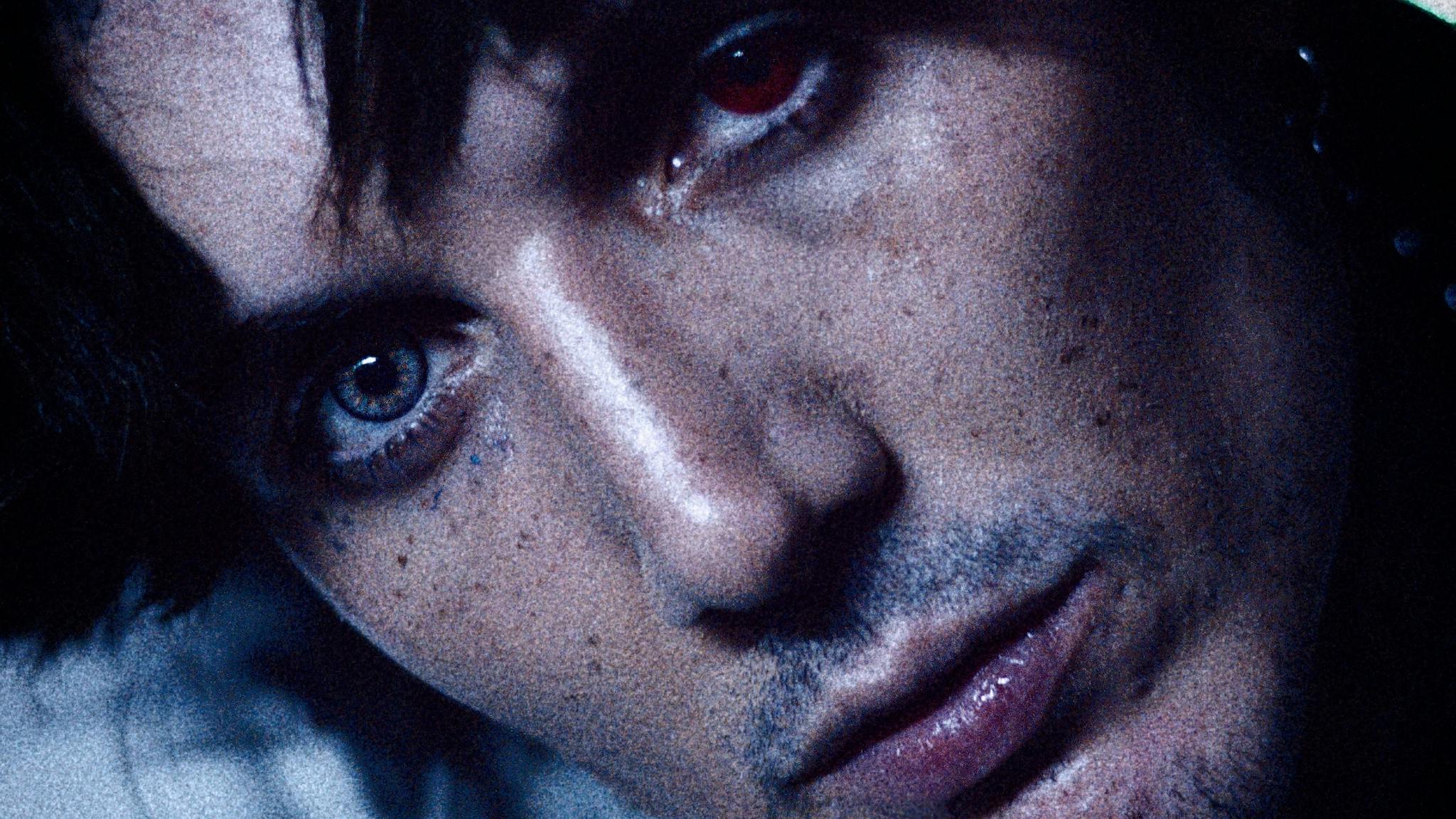A sense of portent built from the evening before, with masses of fans camped-out overnight in the street in anticipation. Well in advance of the 4pm showtime, a seven-block area was overrun by aspirant attendees getting drunk and high and buzzing for what felt like a defining moment in time. As was the fashion at the time, kids were spinning bootleg copies of Toxicity they’d burned to CD on bulky boomboxes. 3,500 were granted admittance to the parking lot. Between 4,000 and 7,000 more congregated in the area immediately outside. The minimal security laid on were quickly overwhelmed. Safety barricades were scaled. Punters straight-up battering through the gates led to an almighty crush.
An hour in advance of stage-time, John described the scene to Kerrang! as “Pandemonium!” What had been intended as a celebration was turning into a catastrophe. “I’m trying to make sure that my friends and my family are okay,” the sticksman stressed. “I’m more worried about that than being excited to play right now.”
Around 4:30, Los Angeles Fire Department spokesman Brian Humphrey has since confirmed, a joint decision was made by police, fire department and event organisers that the crowd had grown too large and unruly and the show would have to be pulled. Police officers and stewards began to make their way through from the back of the audience to advise that the show event not be going ahead and that people needed to leave. Those attempts to ‘peacefully disperse’ the crowd, predictably, did not go to plan.
According to the band’s then-publicist Heidi Robinson and manager Dave ‘Beno’ Benveniste, pleas from System to be allowed to play a conciliator 20-minute set – or at least to be allowed to go onstage to explain the cancellation themselves – fell on deaf ears.
It took the sight of their backdrop being lowered from the red-brick wall – like the banner of some defeated force – to really unleash chaos, however. The stage was stormed. Fans were filmed fist-fighting with security and being flung back over the barrier. Speaker stacks were toppled to the ground. All of System’s touring gear – including John’s brand new, custom-made Tama drum kit and numerous other items acquired in advance of the legendary Pledge Of Allegiance Tour with Slipknot – was destroyed in the melee.
Around 150 police officers were summoned to the scene – some mounted on horseback and many S.W.A.T. trained in full riot gear. Shockingly, a crowd of thousands expecting to enjoy some anti-authoritarian anthems did not respond positively. Store and car windows were smashed indiscriminately. Like some nightmare version of the Jackass TV show, dozens of porta-potties were upturned. Property damages at the venue and across the surrounding area were estimated at around $30,000. Six arrests were made.
“From the band’s perspective, this is something that did not have to happen,” Heidi complained afterwards as the band’s scheduled in-store at West Hollywood’s Tower Records was pulled due to safety concerns, with both authorities and fans venting their anger. “It could have been peaceful!”
In the grand scheme, of course, violence echoes further into history than peace, and the night would be happily consigned to Toxicity’s sprawling mythos.
Were there lessons to be learned? Perhaps. But System Of A Down were not a band to be cowed into playing-safe. And, when the Twin Towers – along with America’s very sense of security – were sent crumbling eight days later, there would be no measured silence. Vocalist Serj Tankian instead published his incendiary essay Understanding Oil, pre-empting an impending evolution of the military-industrial machine and the next decade of military folly.
The band were dropped from dozens more radio playlists, of course, their names inked indelibly onto some mainstream blacklists. At the heart of everything, it was that fearlessness that sent fans flocking to literally stick it to The Man. It was that unforgettable vitality that made them the band worth fighting for…







